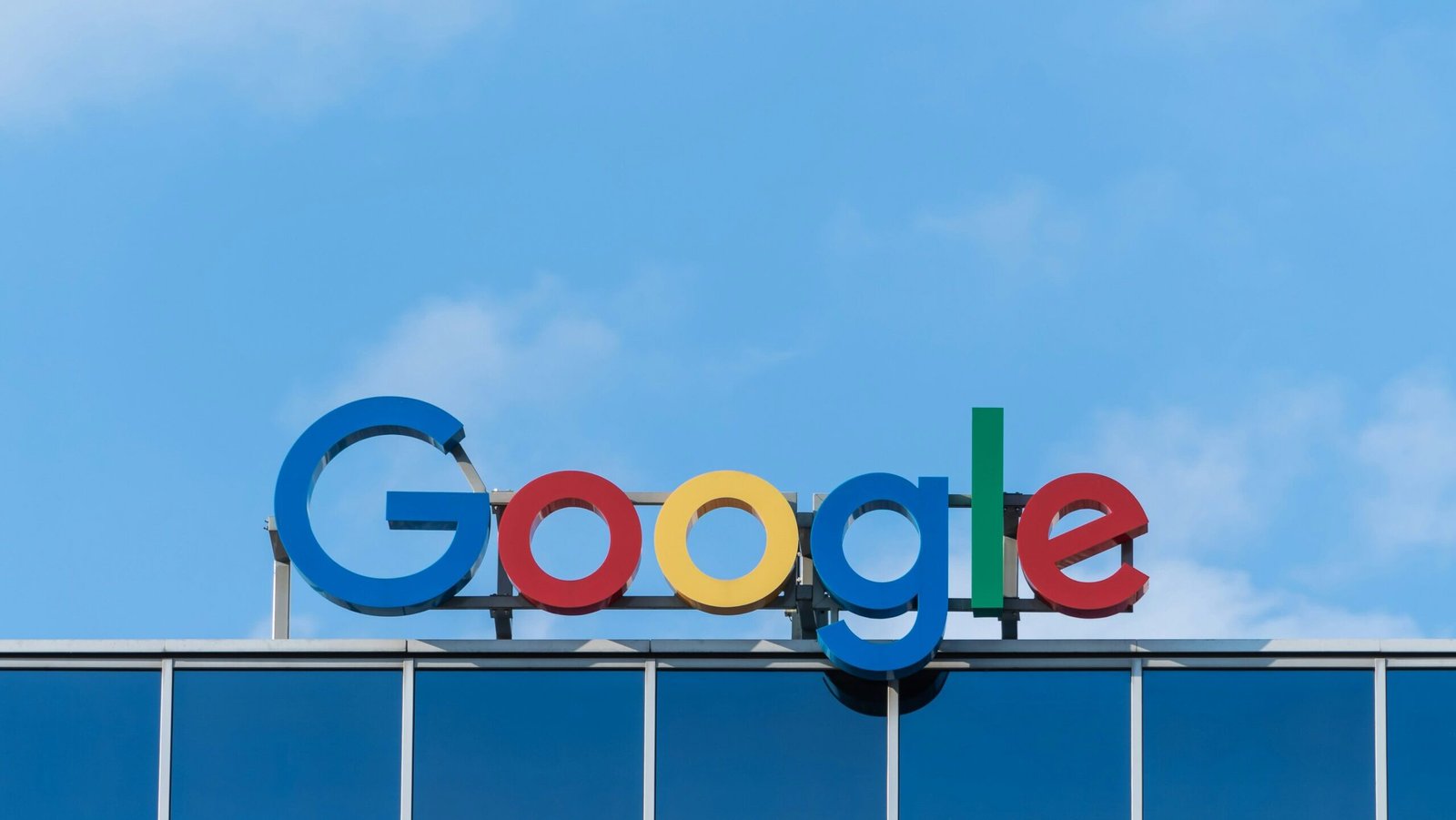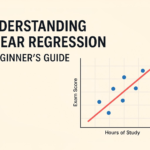Physical Address
304 North Cardinal St.
Dorchester Center, MA 02124
In the fast-paced world of technology, Google continues to push boundaries with a flurry of innovations across its extensive ecosystem. April 2025 has been particularly eventful, with Google unveiling enhancements to its Pixel lineup, YouTube platform, AI capabilities, and productivity tools. These developments signal Google’s strategic commitment to integrating cutting-edge AI across its products while refining user experiences.
Let’s delve into these exciting updates and explore how they might impact your digital life in the coming months.
Table of Contents
Toggle
Google’s Pixel smartphones have consistently delivered exceptional camera capabilities, and the upcoming Pixel 10 series appears set to continue this tradition with some intriguing developments.
In a significant shift from previous strategies, the standard Pixel 10 is rumored to include a dedicated telephoto lens—a feature previously reserved for the Pro variants. This democratization of premium camera technology suggests Google is working to make advanced photography more accessible to a broader audience.
The base Pixel 10 may incorporate:
These changes indicate Google is making calculated trade-offs to enhance zoom capabilities while potentially adjusting other aspects of the camera system. The company appears to be betting that superior optical zoom will be more valuable to average users than marginal improvements in the main sensor.
Perhaps most exciting for photography enthusiasts is Google’s reported development of a custom Image Signal Processor (ISP) that will be integrated with the new Tensor G5 chipset across the entire Pixel 10 lineup. This specialized hardware could potentially:
For foldable enthusiasts, Google seems to be taking an evolutionary rather than revolutionary approach with the Pixel 10 Pro Fold. Early information suggests:
This strategy of refining an existing design rather than radically changing it suggests Google is focusing on optimizing the foldable experience and potentially making it more accessible through cost reductions.

Short-form video continues to dominate social media, and Google is significantly enhancing YouTube Shorts with new AI-powered tools to help creators stand out in a crowded field.
YouTube Shorts is receiving a comprehensive editor upgrade that will provide creators with:
These improvements directly address the editing capabilities offered by competing platforms like TikTok and Instagram Reels, demonstrating Google’s commitment to making Shorts a more attractive platform for content creators.
Adding another layer of creative expression, YouTube Shorts is introducing:
This integration aims to boost engagement by providing more diverse ways for creators to express themselves visually and make their content more distinctive and shareable.
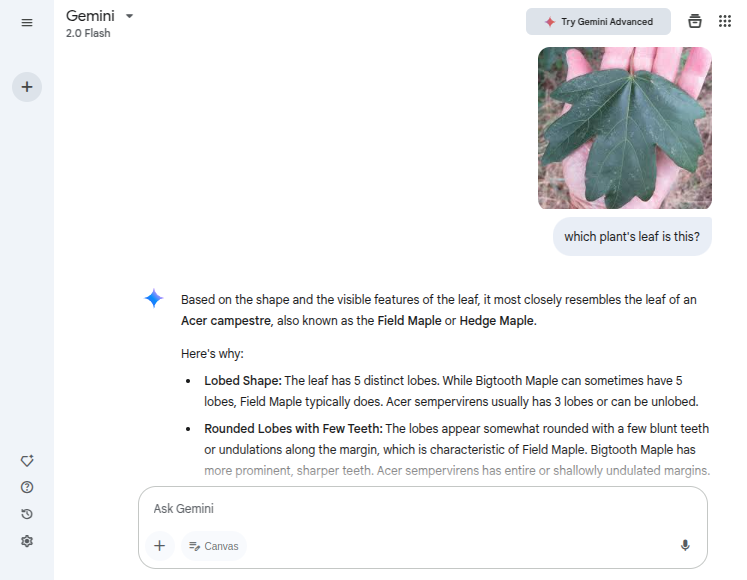
Artificial intelligence is becoming increasingly central to Google’s strategy, with the company’s Gemini AI model being integrated deeper into its core products.
Google Photos is set to become significantly more intuitive with the integration of Gemini AI, allowing users to:
This enhancement represents a shift toward more natural interactions with your photo library, eliminating the need for precise keyword searches and making the entire experience more intuitive.
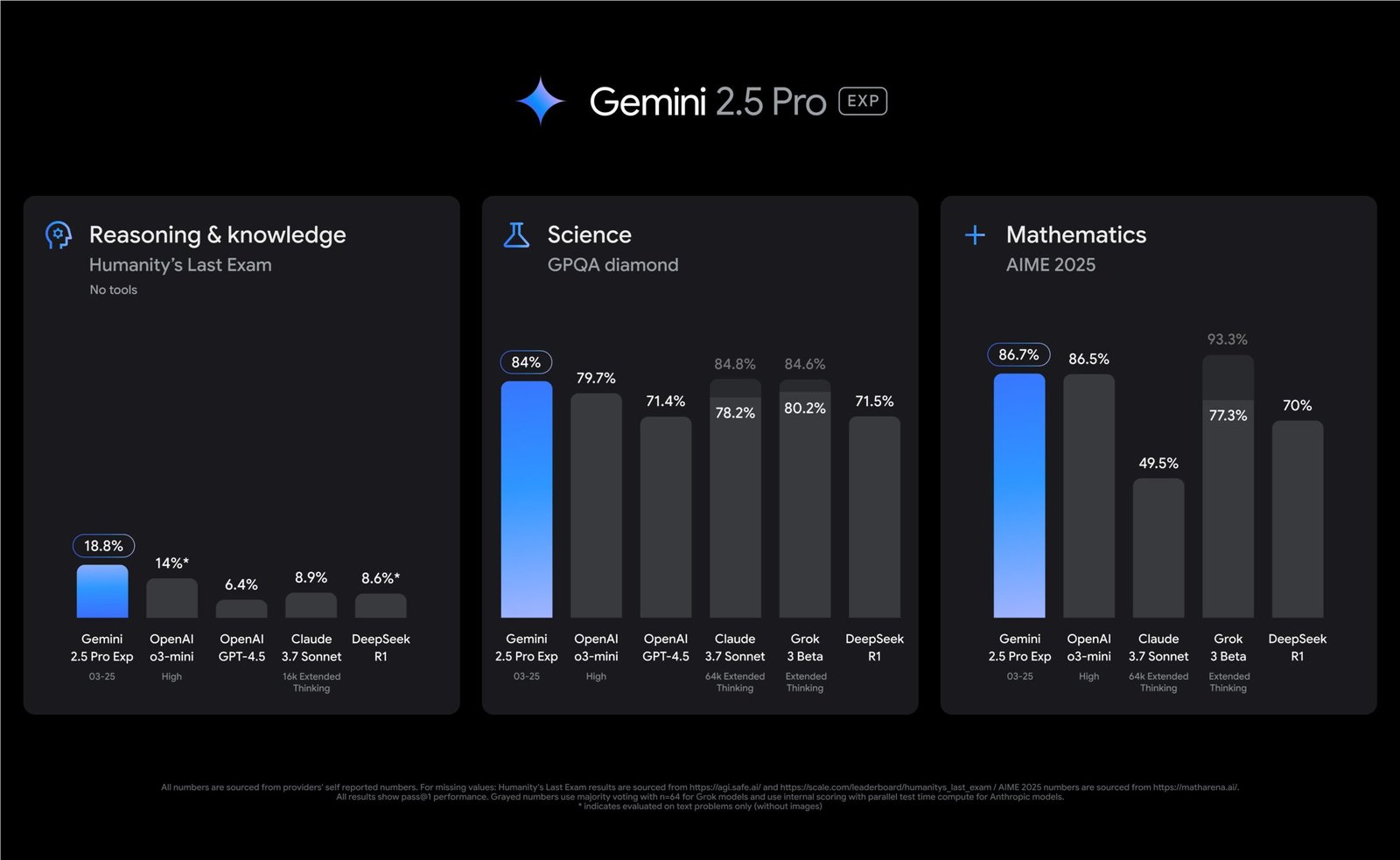
At the core of Google’s latest innovations is Gemini 2.5, which the company describes as its most advanced AI model to date. Key features include:
This expanded context window represents a significant advancement, allowing the model to process and retain much more information in a single interaction, enabling more complex and nuanced conversations.
The integration of Gemini across Google’s ecosystem signals an “AI-first” approach where artificial intelligence is becoming a fundamental component rather than a supplementary feature. Looking ahead, we might expect:

Google continues to refine its Android operating system with the latest beta releases focused on enhancing stability and addressing user concerns.
The latest update in the Android 16 beta program addresses several important issues:
These fixes highlight Google’s commitment to delivering a polished and reliable experience when Android 16 officially launches, with a particular focus on battery performance and overall system stability.

Google is introducing a forward-thinking approach to battery management with the new Battery Health Assistance feature on the Pixel 9a. This innovative system will:
This proactive approach to battery management addresses one of the most common pain points for smartphone users—battery degradation over time—and demonstrates Google’s commitment to extending the useful life of its devices.
For consumers in India, the Pixel 9a will be available starting April 16, 2025, with:
This launch highlights Google’s ongoing efforts to expand its presence in one of the world’s largest smartphone markets.

Google is also focusing on enhancing its productivity and security offerings with significant updates to key services.
Google’s AI-powered research tool, NotebookLM, is receiving a major upgrade with the introduction of “Discover Sources,” which allows users to:
This enhancement streamlines the research process by automating the initial phase of information gathering, saving valuable time and effort for knowledge workers and researchers.
Google is implementing a significant security upgrade to Gmail that enables enterprise users to send end-to-end encrypted (E2EE) emails across different platforms:
This feature addresses the growing need for secure communication in the business world, particularly for organizations dealing with sensitive information or subject to strict regulatory requirements.
Google’s April 2025 updates reveal a clear strategic direction centered around deep AI integration and user-focused improvements. Here’s what these developments could mean for you:
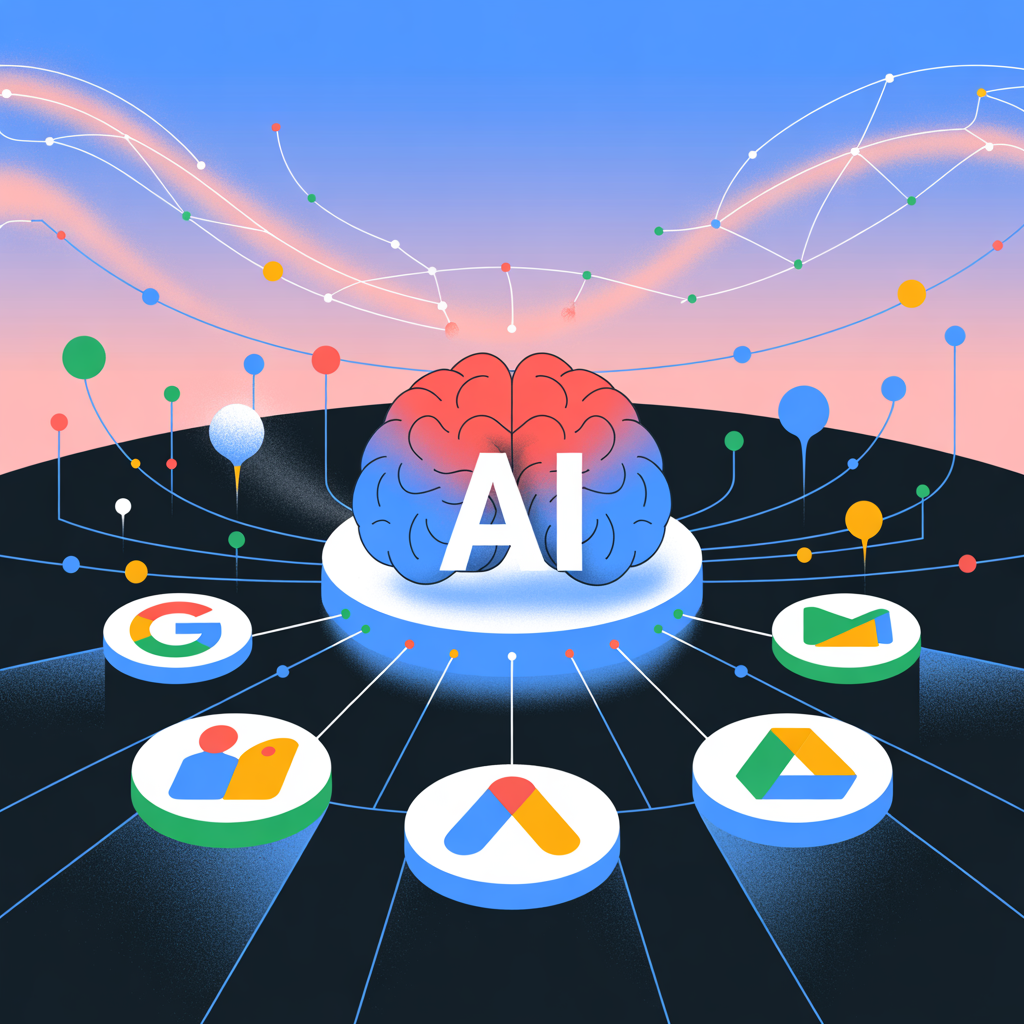
These developments collectively illustrate Google’s strategic focus on:
Google’s early April 2025 announcements provide a fascinating window into the company’s vision for the future of technology. The deep integration of artificial intelligence across Google’s product lineup suggests a future where our devices understand us better, anticipate our needs more accurately, and deliver more personalized experiences.
For users invested in Google’s ecosystem, these updates promise a more cohesive, intelligent, and secure experience. For the broader technology industry, they signal the increasing centrality of AI in shaping our digital experiences and set a benchmark for innovation that competitors will need to match.
As these features roll out in the coming months, we’ll be able to assess their real-world impact and see whether they live up to the considerable promise they show. But one thing is clear: Google continues to be a driving force in technological innovation, pushing the boundaries of what’s possible and reshaping our expectations of what technology can do for us.

Subscribe to our weekly newsletter below and never miss the latest product or an exclusive offer.

